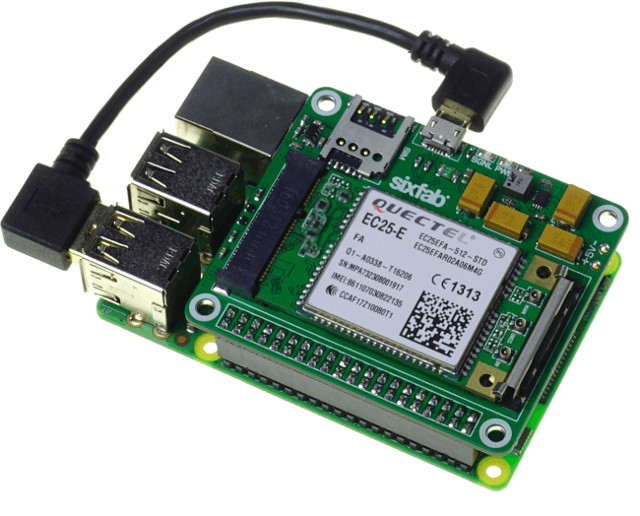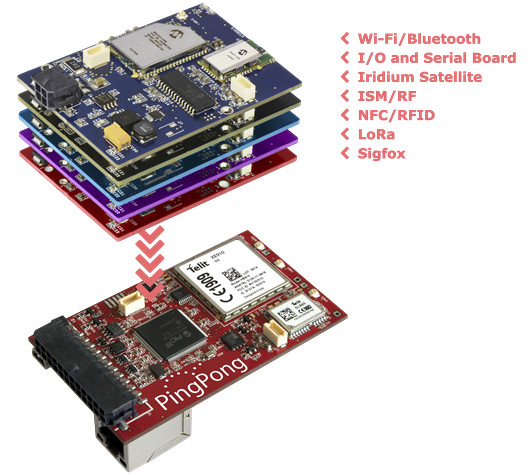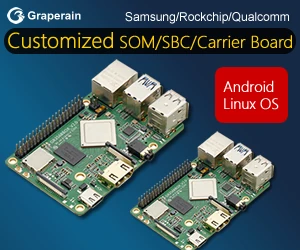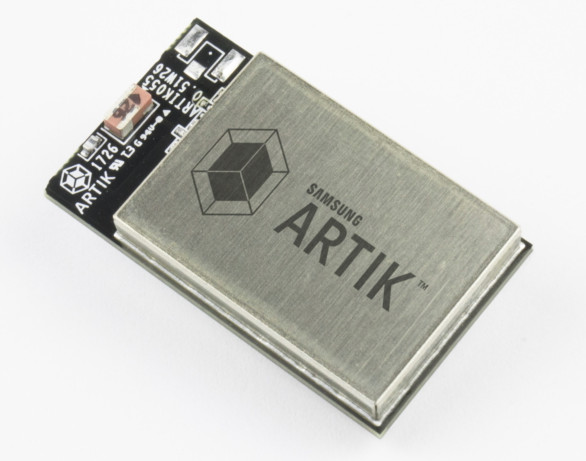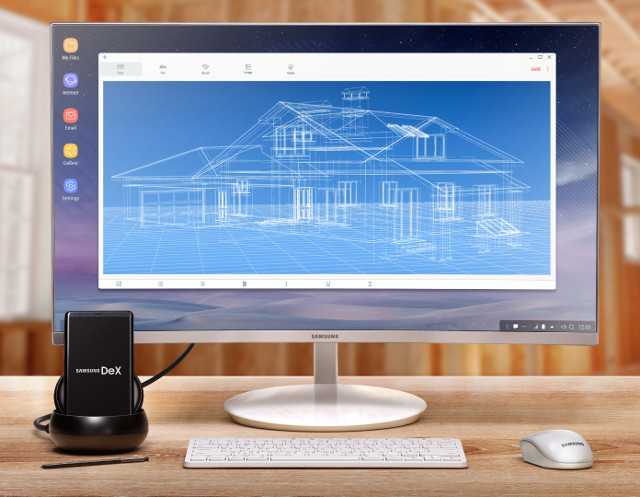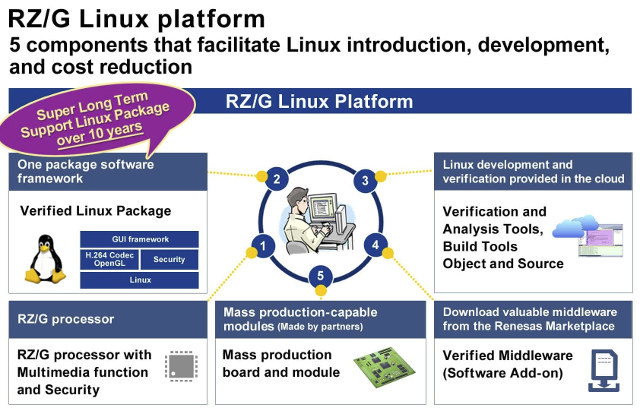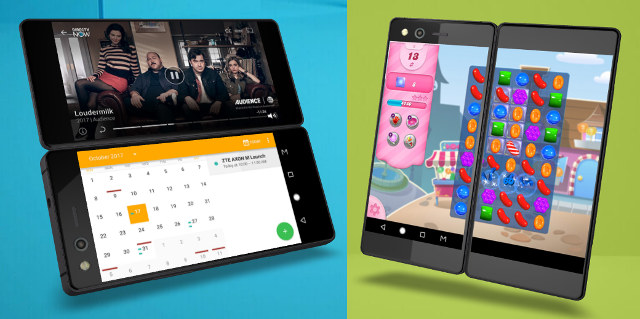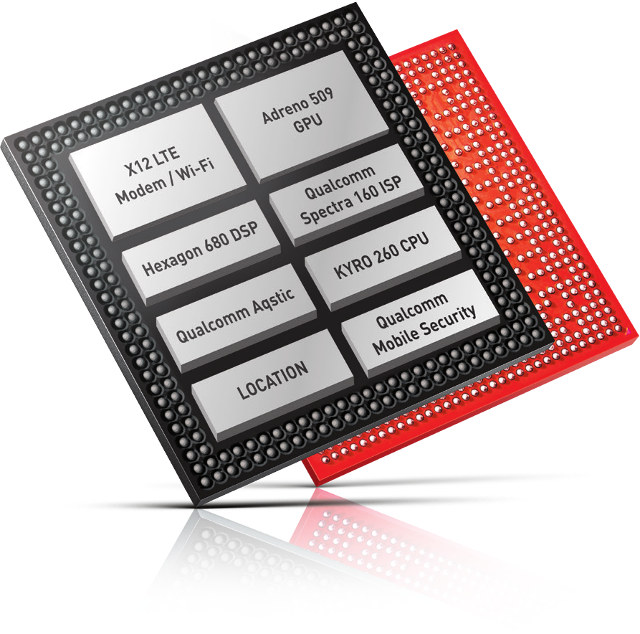Development boards with 4G LTE are still quite expensive, at least compared to 2G or 3G solutions, with for example Wio LTE GPS Tracker board selling for around $100. So when I saw Sixfab introducing a 3G/4G shield for Raspberry Pi 3 for just $31.20 (pre-orders), I first thought it was an incredible deal. But I soon realized I missed the “base” word in the name, as the shield just includes the SIM card slot, and mPCIe connector where you can connect Quectel’s UC20-G Mini PCle 3G module or EC25 Mini PCle 4G/LTE Module which adds respectively $59 or $89 to the price. That’s still an interesting HAT board, so let’s have a look. Raspberry Pi 3G-4G/LTE Base Shield V2 specifications: Clip-in Mini PCIe socket for: 4G/LTE Module (Quectel EC25) up to 150Mbps downlink and 50Mbps uplink data rates, GPS/GLONASS 3G Module (Quectel UC20) up to 14.4Mbps downlink and 5.76Mbps […]
PingPong IoT Development Board Supports Cellular Connectivity, WiFi, Bluetooth, LoRa, Sigfox, and More
Round Solutions, a supplier of products, services and concepts for industrial M2M and IoT markets, has introduced PingPong IoT development board with either Microchip PIC32MZ running an RTOS, or PIC32MZ DA running Linux, and equipped with a Telit modules for either 2G or 3G cellular + GNSS connectivity. The board can also support WiFi, Bluetooth, ISM/RF, NFC/RFID, LoRa, Sigfox, Iridium satellite, and serial interface thanks to a range of expansion boards. PingPong IoT board specifications: MCU / Flash RTOS version – Microchip PIC32MZ 32-bit Microcontroller @ 200 MHz, with 512 KB RAM and 2 MB Flash Memory + 4 MB external memory Linux version – Microchip PIC32MZ DA (Full specs TBA) Connectivity Cellular connectivity Telit xE910 module with 2G, 3G and/or 4G LTE (coming soon) Data GSM/GPRS – Uplink/Downlink: 9.6 kbps UMTS – Downlink: 384 kbps, Uplink: 384 kbps HSPA+ – Downlink: 42.0 Mbps, Uplink: 5.75 Mbps LTE – Download: 100 […]
Samsung IoT Security News – ARTIK Secure IoT Modules, SmartThings Cloud, and Secure Element
Samsung has made several announcements with IoT, especially IoT security. First, Samsung ARTIK 053, ARTIK 530 and ARTIK 710 modules are getting an “s” version, which stands for “robust security”, as well as a new ARTIK 055s module, and all ARTIK modules can now work with SmartThings Cloud uniting the company’s existing services – ARTIK Cloud and Samsung Connect Cloud – into a single IoT platform. Separately, the company announced their Secure Element solution which combines eFlash memory and new security software. Samsung ARTIK “s” modules & ARTIK 055s The company explains in their blog that ARTIK 053s, 530s, 710s, and the all new 055s will feature “advanced protection, integrated cloud services, and hosted security services with “enhanced ARTIK end-to-end security by providing greater protection for IoT data as well as prevention against hacking”. The press release is a little more specific: ARTIK secure IoT modules provide a strong root […]
Linux on Galaxy to Bring Linux Desktop to Samsung Note8, Galaxy S8 and S8+ with DeX Station
Earlier this year, Linux desktop mobile convergence took a serious hit when Canoncial decided to drop support for Unity and Mobile Convergence in their Ubuntu distributions, focusing instead on the enterprise and IoT market, and replacing Unity by GNOME starting with the just released Ubuntu 17.10. Things started to look better with Purism Librem 5 Linux smartphone, which has now raised $1.8 million dollars, and partnered with well-known members of the Linux ecosystems like KDE, GNOME, and NextCloud. However, the phone will be based on a rather low end NXP i.MX 8M quad Cortex A53 SoC, is scheduled for January 2019 only, and being a crowdfunding campaign, failure is always a possibility. But today, the outlook for Linux phones brightened even more, as Samsung unveiled plans for “Linux on Galaxy” at the Samsung Developer Conference 2017. The solution will leverage the company’s DeX (Desktop Experience) that relies on DeX Station […]
Renesas RZ/G Linux Platform features CIP Super Long-Term Support (SLTS) Linux kernel
In the consumer space, some devices never get updated, and you can consider yourself lucky if the manufacturer provides updates for several years, often just two as Linux LTS (Long Term Support) kernels had been supported that long so far. Google and the Linux Foundation realized that was not enough, so they recently announced 6-year LTS kernels at Linaro Connect SFO 2017, starting with Linux 4.4 released on January 2016, meaning it will keeping being maintained until January 2022 with security patchsets and bug fixes. But in the industrial/embedded space, they need even longer periods of support due to the longer equipment’s lifespan. I first heard about the Linux Foundation’s Civil Infrastructure Platform (CIP) project last year, when I covered the schedule for the Embedded Linux Conference Europe 2016. The project aims at providing a super long-term supported (STLS) open source “base layer” for industrial grade software. Several companies are […]
ZTE Axon M is a Dual Display Foldable Smartphone
We’ve seen smartphone in the past with two displays, such has Yotaphone 2 with a color front display, coupled with an e-Paper rear display that’s always on and consumes less power. ZTE Axon M also comes with two displays, but it’s a completely different beast, as both are color displays, and foldable to create an extended display when needed, somewhat like a foldable tablet. ZTE Axon M (partial) specifications: SoC – Qualcomm Snapdragon 821 quad core processor up to 2.15 GHz with Adreno 530 GPU System Memory – 4GB RAM Storage – 64GB eMMC 5.1 flash + micro SD slot up to 256 GB Display – 2x 5.2″ @ 1920×1080 displays making a single 1920×2160 screen when opened Audio – 3.5mm audio jack, microphone, dual speaker, Dolby Atmos support, AKM 4962 HiFi chipset Camera 20MP rear camera with f/1.8 aperture, PDAF, dual-image stabilization, dual LED flash Up to 4K @ […]
Google Pixel Visual Core is a Custom Designed Co-Processor for Smartphone Cameras
Google unveiled their latest Pixel 2 & Pixel 2 XL premium smartphones powered by Snapdragon 835 SoC earlier this month, and while they are expected to go on sale tomorrow, reviewers have got their hands on samples, and one of the key feature is the camera that takes really good photos and videos as reported here and there. You’d think the ISP and DSP inside Snapdragon 835 SoC would handle any sort of processing required to take photos. But apparently that was not enough, as Google decided to design their own custom co-processor – called Pixel Visual Core -, and integrated it into Pixel 2 phones. The co-processor features a Cortex A53 core, an LPDDR4 memory interface, PCIe interface and MIPI CSI interface, as well as an image processing unit (IPU) IO block with 8 IPU cores. Google explains the IPU block will allow 3rd party applications to leverage features […]
Qualcomm Snapdragon 636 Delivers Up to 40% Better Performance Over Snapdragon 630, Supports FHD+ Displays
Qualcomm has announced a new “Mobile Platform” with Snapdragon 636 that combines eight Kryo 260 cores, an Adreno 509 GPU, and X12 LTE modem for “high quality devices with top-level features at a low price point”, which must mean “mid range”. The new Snapdragon 636 offers an update to Snapdragon 630 / 660 solutions released last year with up to 40% performance boost, 10% faster 3D graphics, and support for ultra-wide FHD+ displays (18:9 aspect ratio). Key features for Snapdragon 636: CPU – 8x Qualcomm Kryo 260 cores clocked at up to 1.8 GHz GPU – Adreno 509 with support for OpenGL ES 3.2, OpenCL 2.0 full,Vulkan, DX12 DSP – Hexagon 680 DSP with All-Ways Aware Technology, Neural Processing Engine SDK, Caffe/Caffe2 and Tensorflow support Memory I/F – LPDDR4/4X, dual channel up to 1333MHz, 8GB RAM Storage I/F – eMMC and UFS flash Display – Up to 2160×1080 FHD+ resolution; […]


